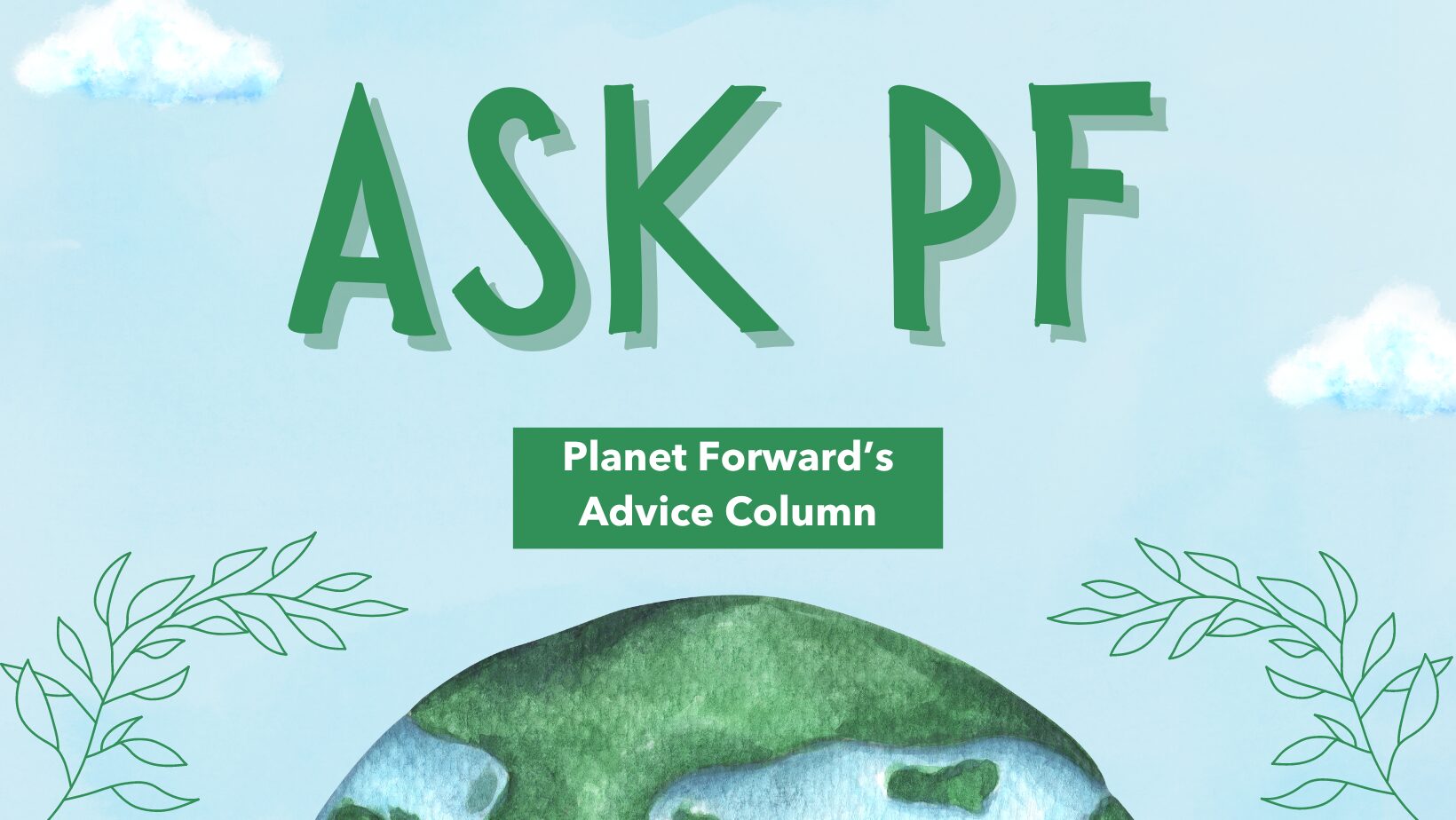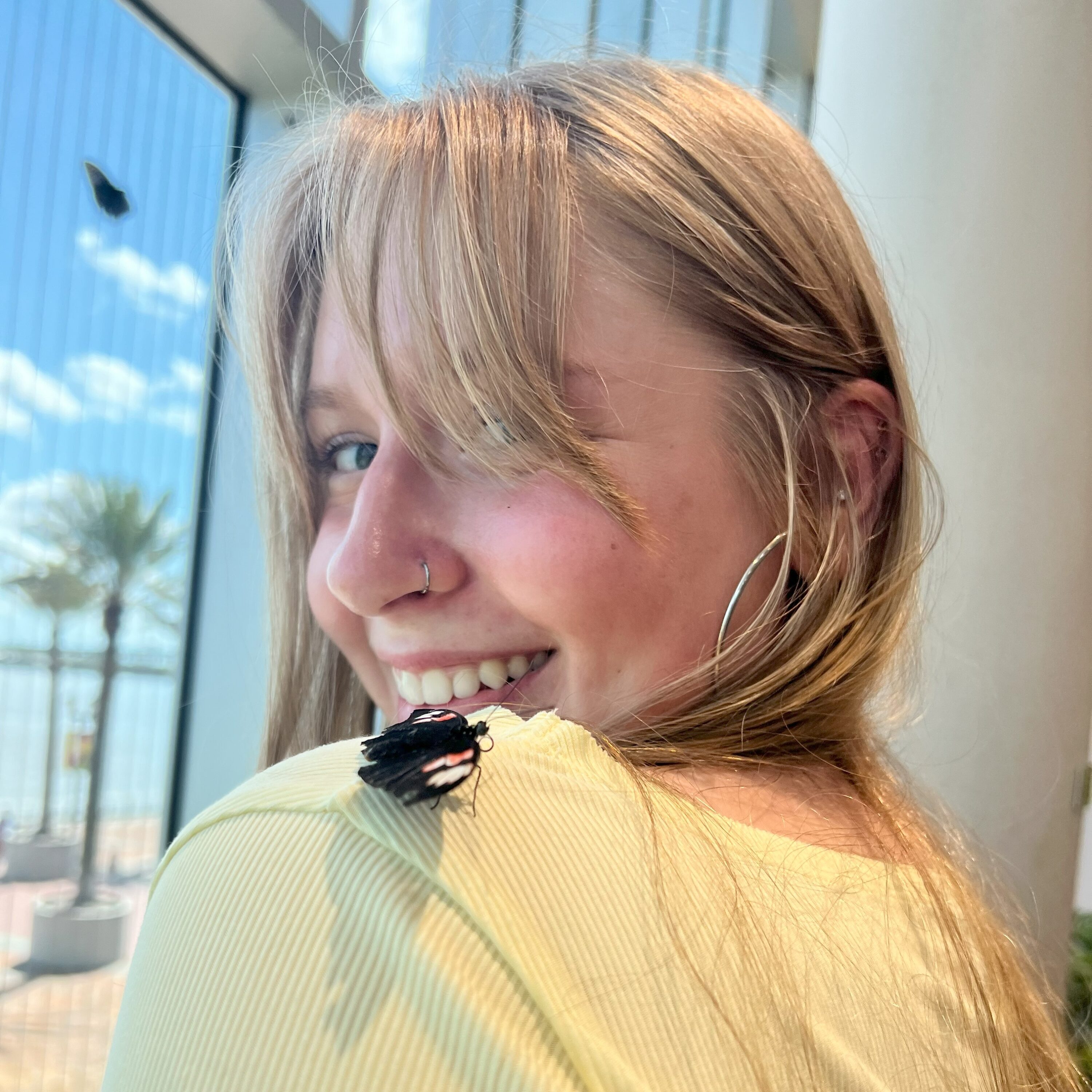Toxic Infertility
Molly Jones Gray is working hard to make sure that her toddler Paxton has a safe and healthy home. This Seattle mother and her husband Zack are keenly aware of what’s in the food, toys and cleaning products in their home.
“You can’t tell a baby what is a food, what’s not a food, what’s a toy, what’s not a toy,” Gray said. “Because everything is a food and everything is a toy to them.”
A wide variety of harmful toxins can be easily ingested throughout an average American home. The Grays first learned of environmental health risks when there was a problem in their attempts to become pregnant. Repeated miscarriages caused them seek out information on how commercial products and chemical substances in their home might impact their reproductive health. Taking part in a study conducted by the Washington Toxics Coalition (WTC), the Grays discovered that their home was filled with compounds that could adversely affect their unborn children.
With levels of mercury and other toxins in her system higher than any other woman in the study researchers determined that Gray’s own body posed a polluted environment for a growing baby.
” The women that we test had between 11 and 14 of these toxic chemicals in their bodies,” said Erika Schreder at WTC and so that means that the fetus was exposed to toxic chemicals that can lead to early puberty, reduced sperm production, and learning disabilities.”





















